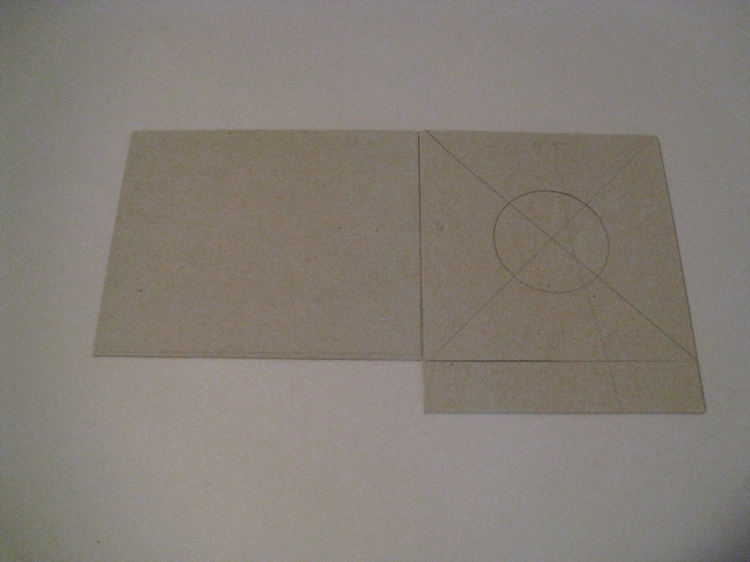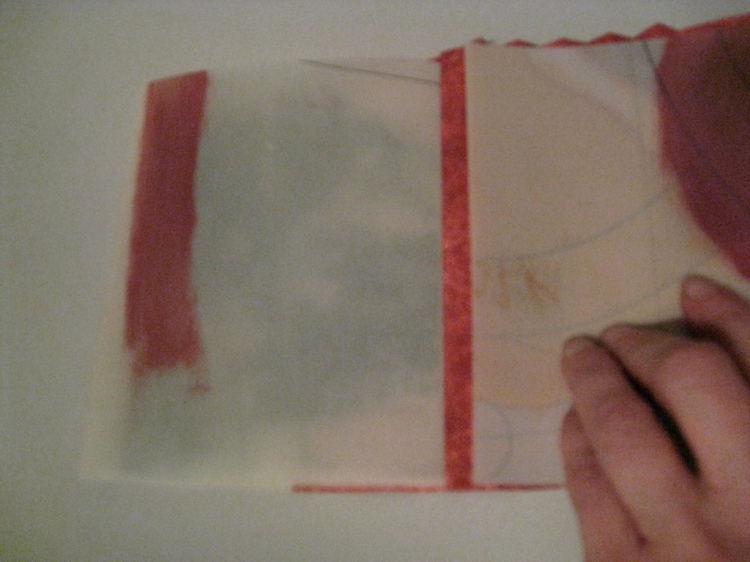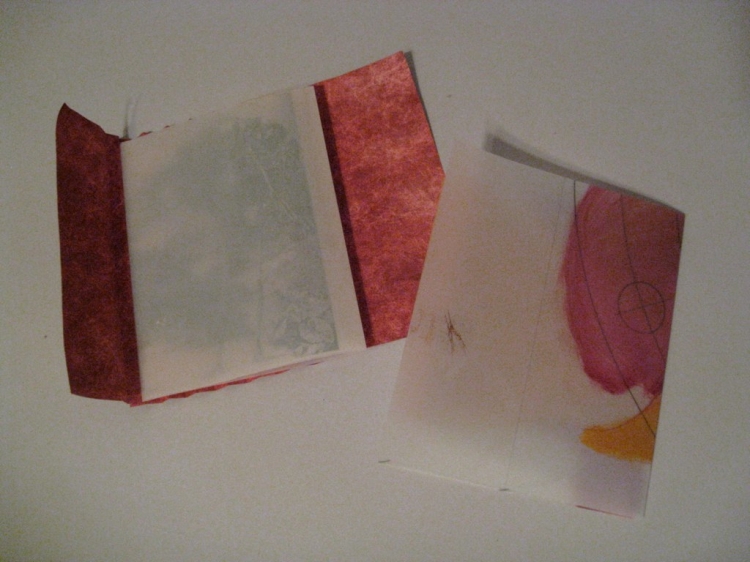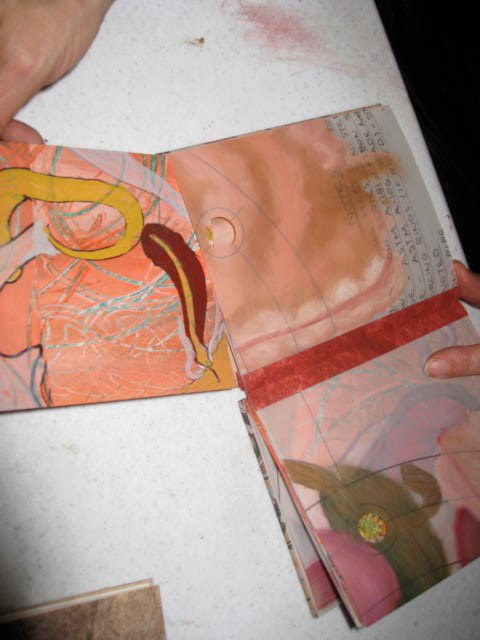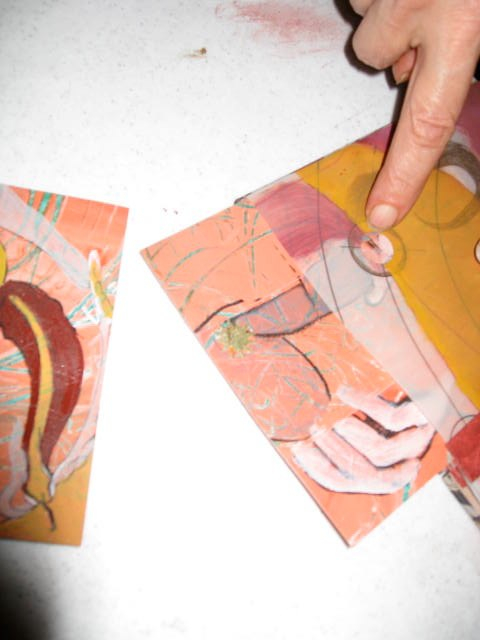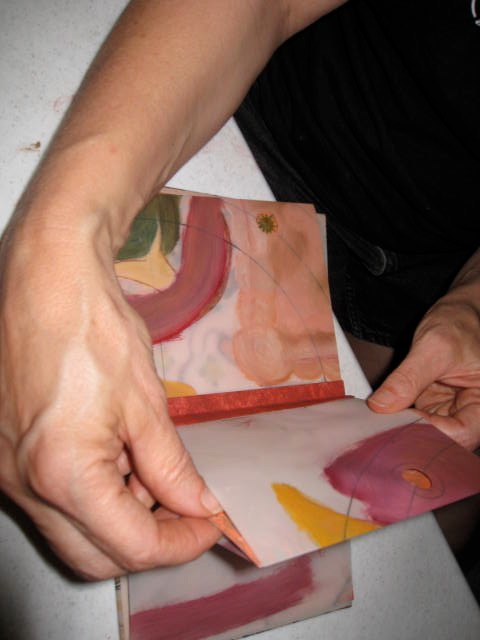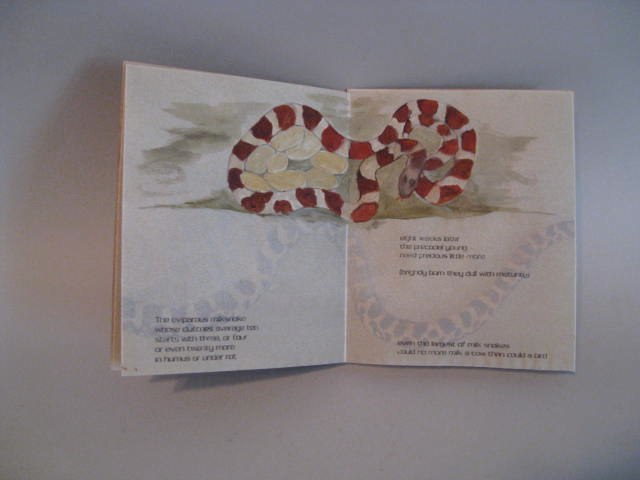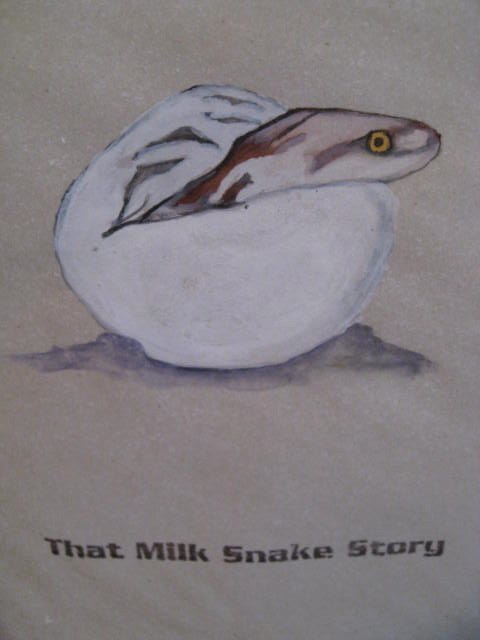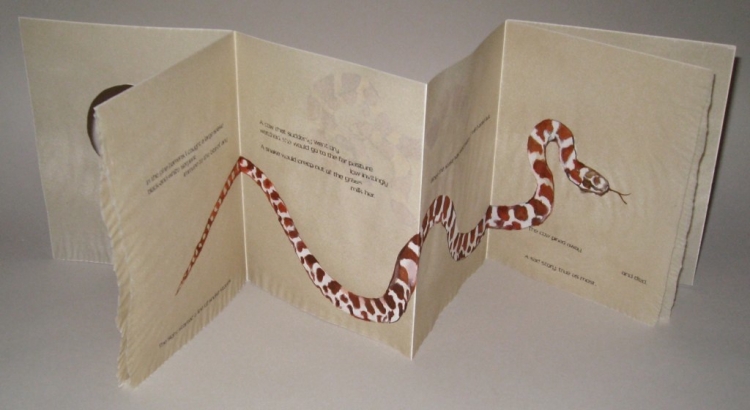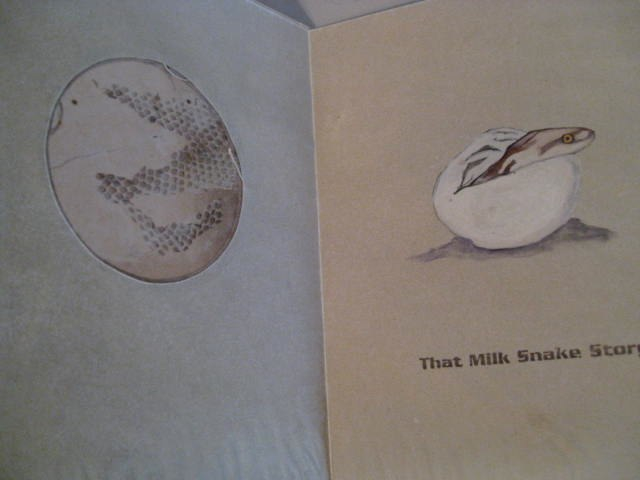For whatever reason I have amassed a collection of anatomy books;  one of my prize possessions being an out of print source book called Images of Medicine. Less prized (perhaps because it is a readily available and inexpensive Dover edition) is a copy of Albinus on Anatomy, a Dover book with 80 original Albinus plates, an account of Albinus’ work and a summary of the original preface to the 1747 edition of Tabulae Sceleti et Musculorum Corporis Humani. His preface described in great detail his work methods, problems he encountered and reasons for adopting the methods that he used.
one of my prize possessions being an out of print source book called Images of Medicine. Less prized (perhaps because it is a readily available and inexpensive Dover edition) is a copy of Albinus on Anatomy, a Dover book with 80 original Albinus plates, an account of Albinus’ work and a summary of the original preface to the 1747 edition of Tabulae Sceleti et Musculorum Corporis Humani. His preface described in great detail his work methods, problems he encountered and reasons for adopting the methods that he used.
Using the same structure as last week’s Picture Book, I created sleeves from a lighter weight translucent mylar. Although the quality of increased transparency was the reason behind the decision to use the lighter weight product, I found it wasn’t rigid enough to hold the inserted images in place with friction.
This is one of many examples of the inability of materials to mimic the vision in my mind. Solving these problems with attentiveness to the original concept can make a book’s content visually richer. On the other hand, it is easy to overcomplicate, to rely on a formulaic bag of tricks that don’t necessarily fit the project but are familiar and efficient. My solution here has elements of both – I hand stitched the tops and bottoms closed. The translucent sleeves hold two cropped reproductions of drawings from Albinus on Anatomy, back to back and printed on a commercial paper called vellum. Thus some of the reproductions on one side are visible through the other side, but only in a few areas and only when one puts pressure on that area of the sleeve.
Other than the brief introduction, which is a summary from various sources of information about Albinus All of these images and direct quotes are from Albinus on Anatomy by Robert Beverly Hale & Terence Coyle published from original Albinus plates by Watson-Guptill Publications in 1970 reprinted by Dover Editions in 1988.
I selected the text which was laser printed on another commercial paper with a peach toned mottled surface, using a font based on DaVinci’s handwriting. The text pages were laminated back to back to make stiff leaf pages which were inserted into the concertina’s pleats, as were the images in their vellum sleeves. The book has a total of 6 rigid pages and 3 vellum sleeve pages. All was proceeding well other than the inadvertent inclusion of an extra spine pleat (haste makes waste and all that).
This I didn’t notice until the book was cased into the cover (with tabs of spine tyvek inserted in between the museum board cover board and the elephant hide cover paper, split board style), the pastepaper endsheets in place. It wasn’t until I took the book out of the press that it became clear that the back end had an extra pleat. So every time the book is opened and examined, it doesn’t fold up properly. Nothing to be done at this point except finish it up as is. Studio practice for this book, as for most of mine, doesn’t make it easy to disassemble the book but I do plan to re-work the ordering of the text and images in the creation of a very similar book as it works on many levels.
The book’s cover label is an inkjet print from another of my favorite books, the Encyclopedia Anatomica. A Complete Collection of Anatomical Waxes an astounding survey, magically photographed, of the collection of “wax” figures created (and still on display) at the Imperial Regio Museo di Fisica e Storia Naturale in 1775. Every single part of the human anatomy was cast in a somewhat mysterious process and the resulting ‘wax’ bodies, all either life sized or larger, were then arranged in remarkable artistic dioramas, some called “death,” “the triumph of time,” ‘the plague,” “syphilis,” etc. Then each part of the body was also displayed individually so one can see here brains, hearts, testicles, penises, ovaries, eyeballs, veins, skulls, wombs, fetus (in all stages of growth), babies, old people, dead bodies, decaying bodies, etc.
Technorati Tags: Alicia Bailey , Albinus





